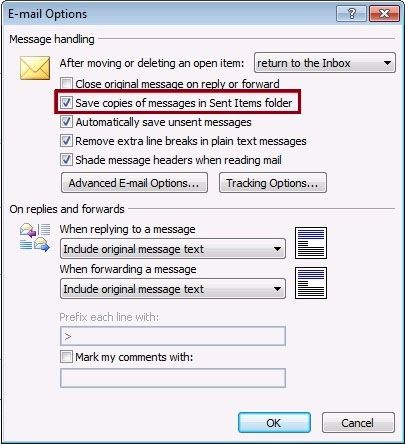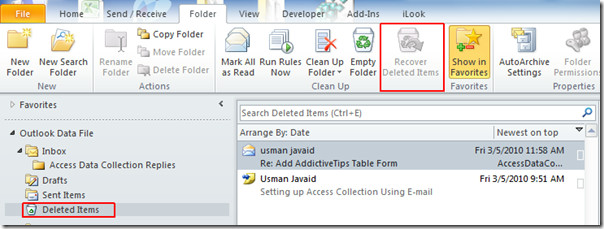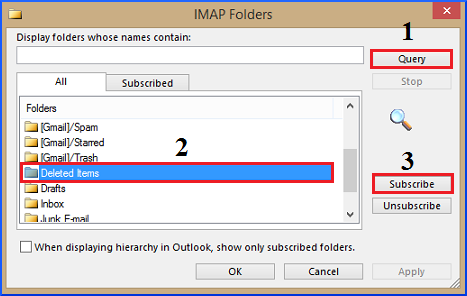

The retention time duration setting for all folders and messages has been set Never Delete by default. For this, Outlook Web Apps (OWA) allows you to view the retention policies that are created by the Office 365 administration. Here, you can only manage the previously created policies. There are following current retention options that you can select for deleted items recovery: There are some folders or items like Inbox, Deleted Items, Sent Items, Drafts, and Junk Email folders having retention tags by default that cannot be modified or controlled by the users. Retention policies and tags are available for every Microsoft Office 365 account.

So, Microsoft provides a Retention policy feature that allows Office 365 users to manage the amount of time in which a message is retained in the folder. Retention Policies that Can Office 365 Deleted Emails ReappearĪs more of our data has been saved on the cloud service, it is crucial to know how long does Office 365 keep emails. After that, click on the checkbox next to Empty the Deleted Items folder when I sign out.In Outlook Web Apps, select Settings icon > Options > Mail > Message options.If you want to empty the Deleted Items Folder automatically every time you log out, then you need to enable the automatic emptying option by following these steps: When You Log Out, Deleted Items Folder Gets Empty Automatically After 30 days, files are permanently deleted and can no longer be retrieved. But, you can still recover the lost or deleted emails from Hidden Deleted Items folder within the next 30 days. After this, they are moved to the Hidden Deleted Items folder. The email messages stay in the Deleted Items folder or marked as deleted until you delete them by yourself. Now, you have two options, either you can keep the emails in the Deleted Items folder or specify that Outlook Web Apps (OWA) empties the folder whenever you log out. Until now, when you delete any messages from the Office 365 account, firstly deleted messages are directed moved into the Deleted Items folder. What Happens after Deletion of Office 365 Emails? Now, MS Office 365 users are capable to use the same option like On-premises Exchange Administrators who can increase their retention time from 30 to 24855 days. By using this option, you can control how long does Office 365 keep emails in the “Deleted Items” folder. It also offers the ability to configure the default MRM (Messaging Records Management) deleted items retention policy. This change in Office 365 hosting allows users to keep the deleted items up to ‘forever’.

Recently, under the Office 365 banner, Microsoft has changed their Exchange Server hosting. How Long Does Office 365 Keep Deleted Emails? How long does Office 365 keep emails? What is the retention policy offered by Microsoft Office 365? You will get all the answers by following this post. Now, the question is that what happens to the mailboxes that are deleted from Office 365. This leads to data loss or deletion in MS Office 365. Day by day, the number of organizations are rapidly increasing who facing the problem of huge data size and its complexity. However, Office 365 mailboxes are intangible and can be lost due to simple miss-clicks to sinister network breaches. Microsoft Office 365 retains the data items as long as until you delete them by accidentally or intentionally.

Select or clear the Empty the Deleted Items folder upon exiting check box.Raj Kumar ~ Modified: T13:06:01+00:00 ~ Office 365 ~.On the Tools menu, click Options, and then click the Other tab.Clear (or unclear) the Empty the Deleted Items folder when I sign out check box.Scroll all the way down to Message Options.Choose Options at the top right, and then Settings on the left.Turning on or off automatic emptying of the Deleted Items folder Outlook on the web If you are not using one of the clients listed above, you will need to use Outlook on the web to recover your deleted items. The Recover Deleted Items feature is only available for the following desktop clients: Outlook 2016 for Windows, Outlook 2013 for Windows, and Outlook 2010 for Windows.


 0 kommentar(er)
0 kommentar(er)
